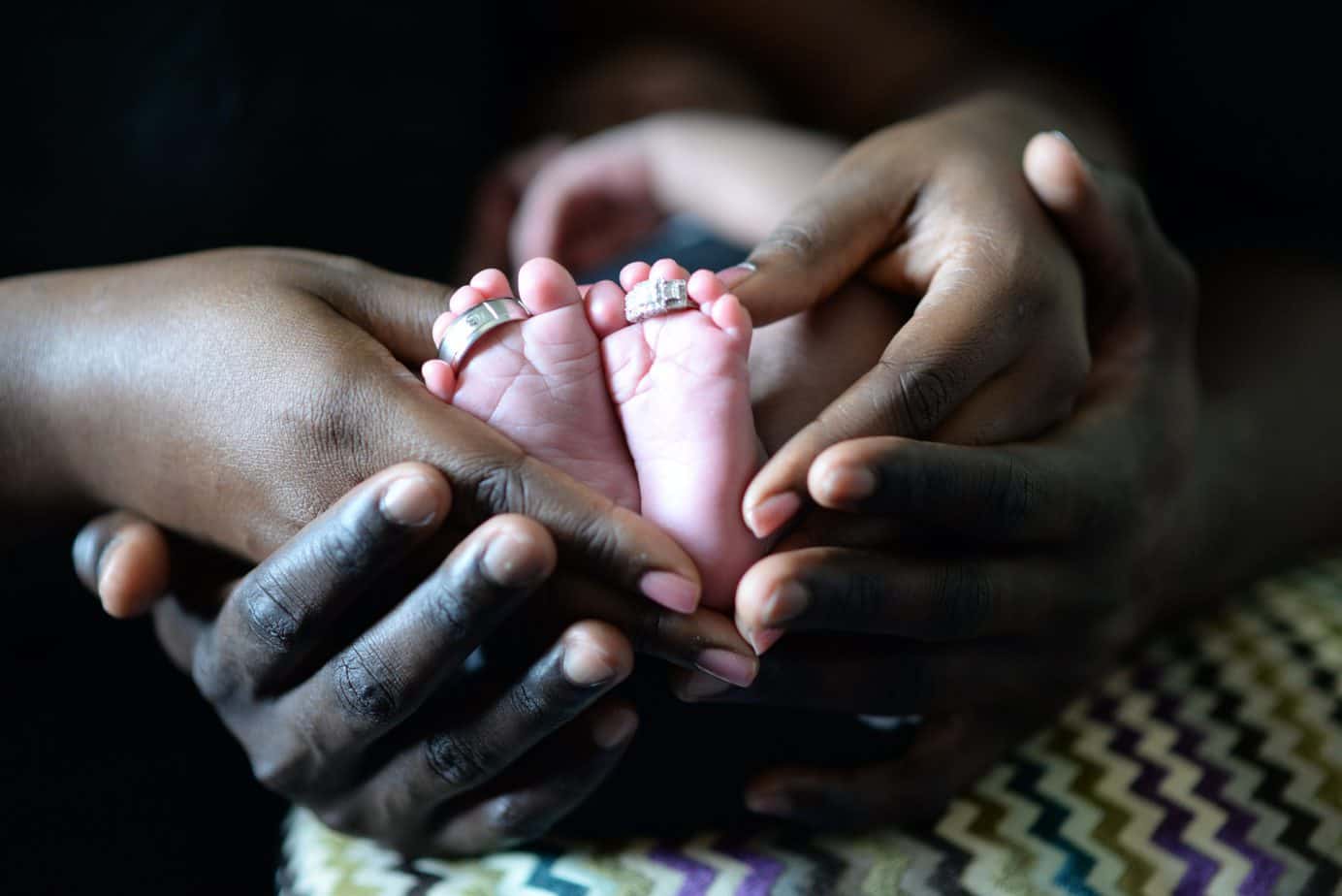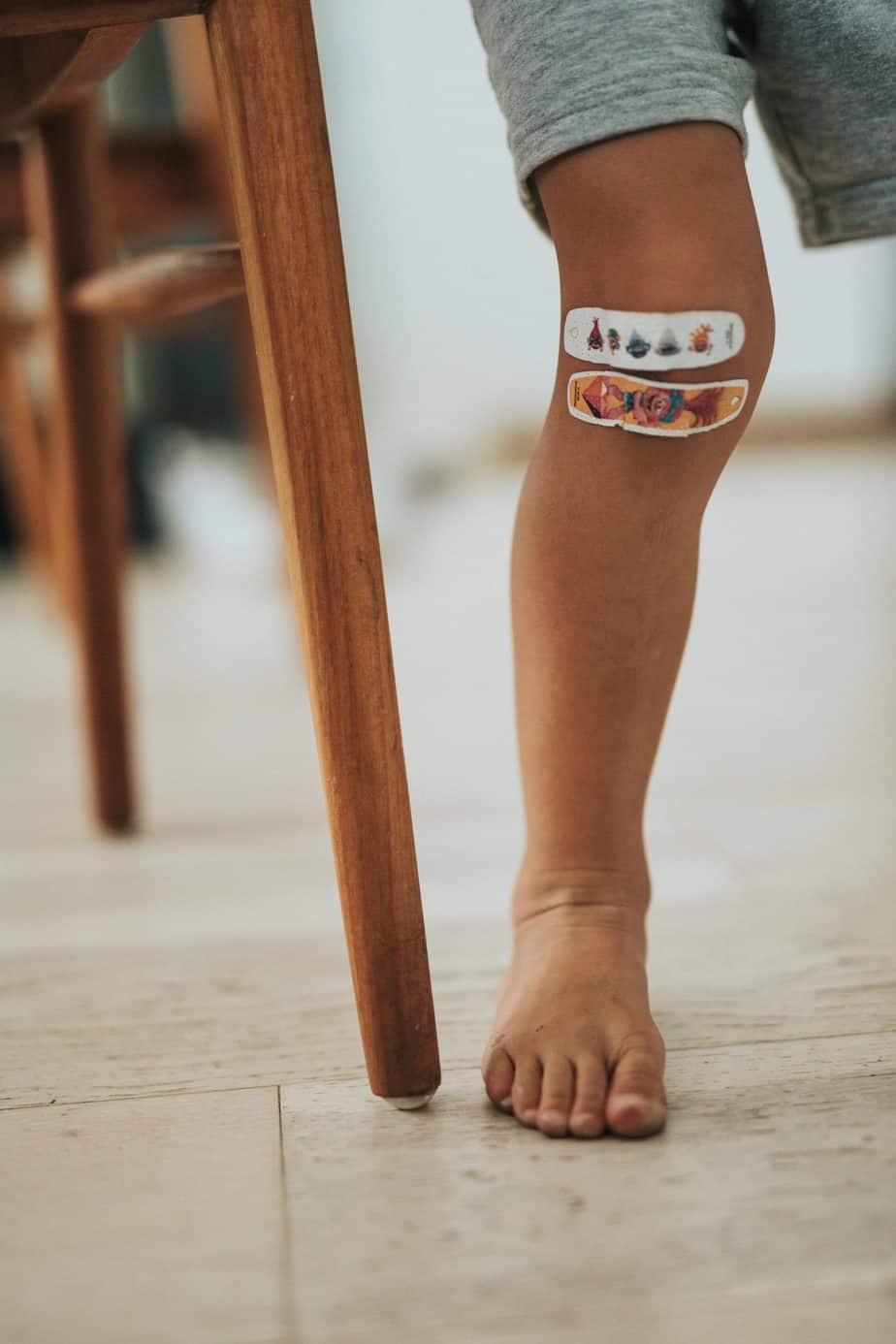C-section Recovery

So, you had a C-section. Now what?
There are various reasons why doctors decide a c-section is the best way to deliver. The doctor’s goal is for both mom and baby to be healthy and alive. About 33% of women end up having a C-section. Whatever the reason, it is still a big deal, and there are several things you should keep in mind that may make your recovery smoother.
A C-section is major abdominal surgery
When a C-section is performed, seven layers of tissue have to be cut (including the uterus). On average, it may take 6-8 weeks for the tissue itself to heal, but the pain and your ability to move like you once did may take a bit longer.
Scar Management
You need to work on your scar. If you decide to visit a Pelvic Health Physical Therapy for post-partum care, they can help mobilize your scar and show you how to perform it as well. As it’s healing for those first 6-8 weeks the scar may be sensitive and using something like cotton or a makeup brush to run across it would be a good idea to make it less sensitive. Once your doctor has cleared you, around the 6 week mark you can start working on mobilizing the scar by pressing on it and moving it around to ensure all the layers of tissue stay mobile. Managing the scar is important, it is also key to note that some women can experience discomfort around the scar up to 24 weeks after giving birth (NICE Clinical Guidelines).
Moving Around Can be a Challenge
After a C-section you may find it difficult to get around. Your abdominal muscles are weakened from the pregnancy itself and the surgery. Therefore, bringing yourself up from the bed, picking up your objects, and even sitting up may feel tougher than they used to. While you are recovering, learning to roll to your side to get out of bed versus sitting straight up will be easier. When picking your baby, making sure to bring them close to you before getting them up will help ensure better healing. Once you cleared by your doctor to exercise, it may be a good idea to seek out a physical therapist with post-partum care experience. They can teach you proper exercises to work on your core. These exercises are specifically designed to ensure proper healing, and avoid exercises such as sit-ups.
Don’t Forget About Your Mental Health
Within a few days of delivery, there is a significant drop in hormones which may cause mood changes. This varies from ecstasy to depression. It’s common for new moms to feel down, guilty or inadequate which is termed the “baby blues”. Symptoms include sleeplessness, anxiety, bouts of crying. Often this subsides within two weeks after delivery but can linger. Having a support network and a person you can share feelings with is important after delivery. Keep in mind:
New moms can’t take care of a baby if they don’t take care of themselves.
We Can Help!
Body Harmony Physical Therapy offers one on one physical therapy, both for pelvic floor orthopedic concerns, pre- and post- partum care. Our treatments are for up to one hour in a private treatment room. We recommend getting clearance from an MD before starting postpartum physical therapy.
Pelvic health physical therapists can specifically help you to recover:
- techniques to help move and function easier (getting out of bed, standing up, picking up baby)
- bladder function (incontinence, bladder pain from scar adherence)
- bowel function (constipation, fecal incontinence)
- sexual function (pain with sex)
- pelvic floor muscle weakness
- diastasis recti abdominis
- pelvic pain (including pelvic girdle pain)
- prolapse of pelvic organs (pelvic heaviness)
- back pain (common with breastfeeding)
We offer a quick call back option for potential patients who have questions or concerns related to physical therapy.
References:
National Collaborating Centre for Women’s and Children’s Health (UK). Caesarean Section. London: RCOG Press; 2011 Nov. (NICE Clinical Guidelines, No. 132.) 10, Recovery following caesarean section. Available from: https://www.ncbi.nlm.nih.gov/books/NBK115312/







